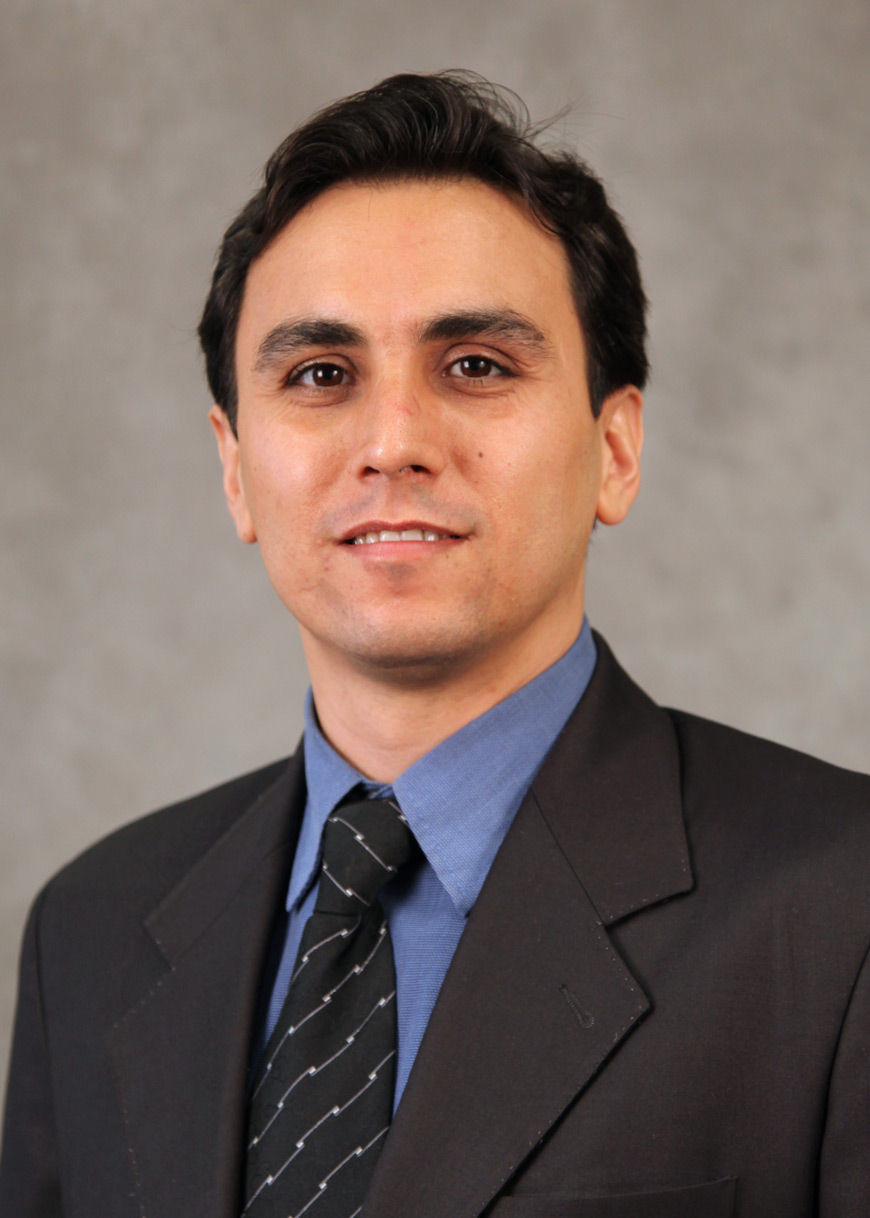MSU’s Vahedifard expands focus on disaster avoidance
Contact: Allison Matthews

STARKVILLE, Miss.—A letter in Science magazine this week from a Mississippi State faculty member points to recent Louisiana flooding as an example of how compound hazards can lead to disaster and calls for research to better prepare for future climatic events.
Farshid Vahedifard, an MSU Bagley College of Engineering assistant professor of civil and environmental engineering, penned the letter published in this week’s issue of Science, along with civil and environmental engineering colleagues Amir AghaKouchak and Navid H. Jafari from University of California, Irvine, and Louisiana State University, respectively.
The letter states that multiple hazards, including high temperatures, high levels of air moisture and other natural conditions, led to the unprecedented flooding, which damaged at least 60,000 homes and required evacuation of more than 20,000 people. The recent event is among several unprecedented floods that have occurred since 2010. Yet, Vahedifard’s letter also notes that urban development and other anthropogenic activities also may intensify the impact of natural hazards on infrastructure and increase the likelihood of substantial damage during climatic events.
“To prepare for future climatic events, we need to understand the interactions between extreme events such as floods and other natural hazards, as well as anthropogenic activities,” the letter says. “Advancements in these areas will allow us to prevent compound hazards from turning into a disaster.”
The current Science publication is not the first time Vahedifard and his colleagues have voiced an urgent call to scientists, engineers, public policy makers and other leaders and decision-makers to prioritize additional research into the area of infrastructure resilience. In August 2015, Vahedifard discussed similar research needs regarding the strength and resilience of California’s critical infrastructure, including levees. Additionally, a paper on rainfall-triggered landslides recently was published in the Canadian Geotechnical Journal.
Vahedifard, principal investigator of a new $212,000 National Science Foundation grant, is leading a three-year collaborative and interdisciplinary research project to quantitatively assess the performance of critical geotechnical infrastructure, including natural and engineered earth structures like levees, to climatic extremes and natural hazards under current and changing climatic conditions.
“We need to look at these very important issues so that we can begin to close the gap in our understanding in terms of uncertainty in climatic extremes under a changing climate, their impacts on the resilience of our infrastructure, and incorporating research findings into engineering practice for evaluating existing infrastructure, as well as planning and designing future infrastructure,” Vahedifard said.
The project focuses on the impacts of multiple hazards such as extreme precipitation, sea-level rise and temperature extremes on geotechnical infrastructure. The outcome is expected to increase understanding about the resilience and reliability of infrastructure under current climate trends, Vahedifard said.
MSU is Mississippi’s leading university, available online at www.msstate.edu.